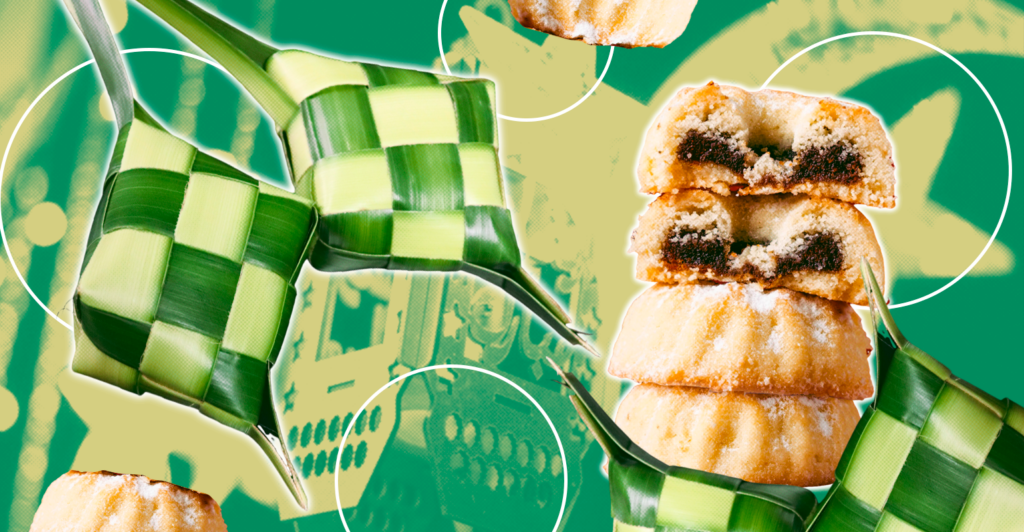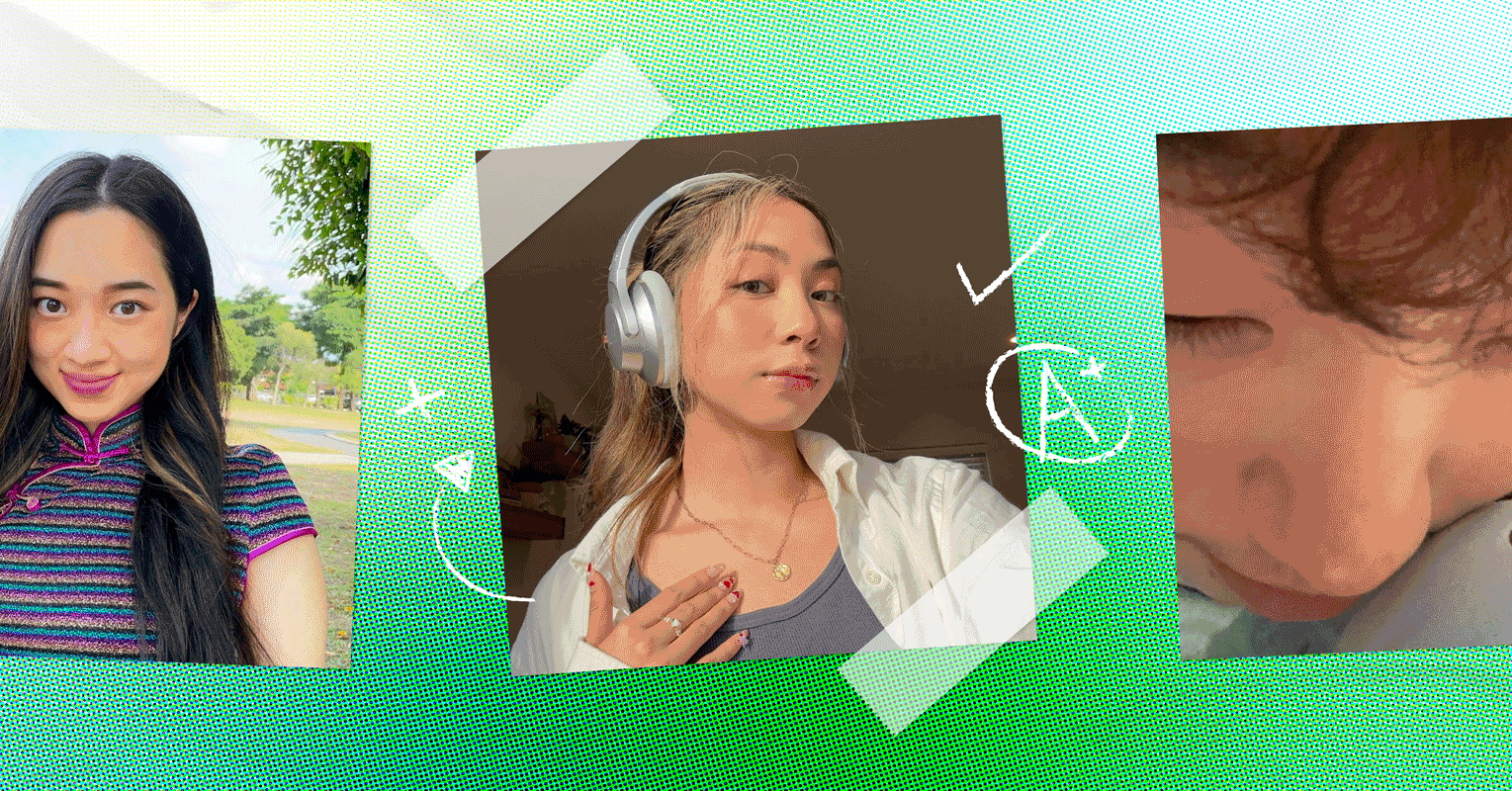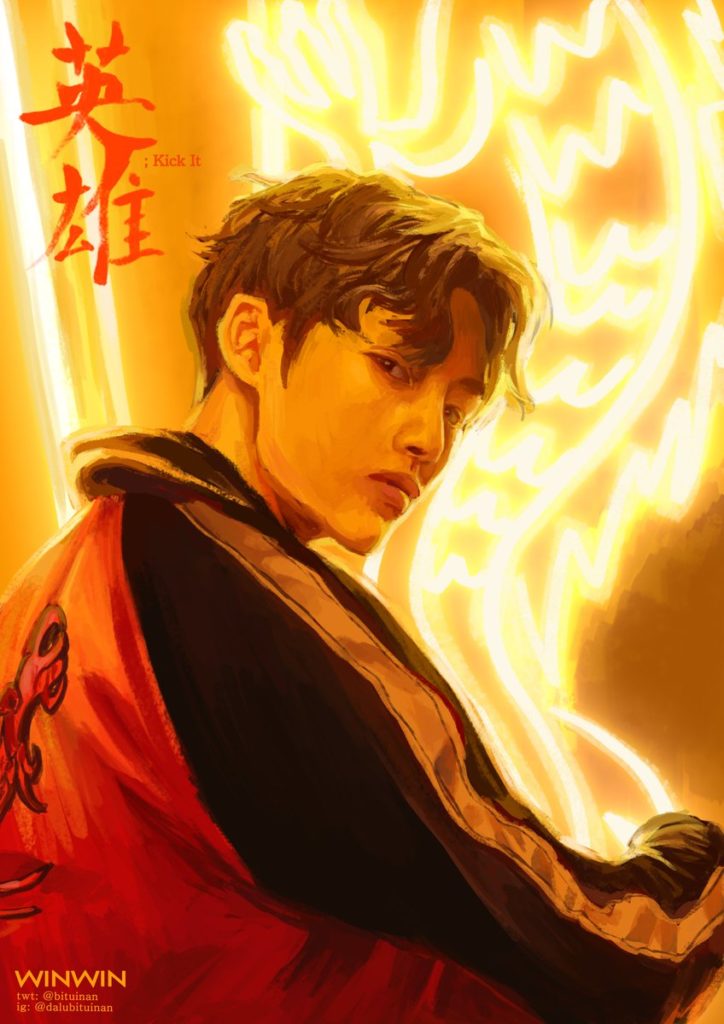EnVi Eatery: Eid Al-Fitr Cuisines and Communal Feels for the Soul

What’s a celebration without food? Food plays a big role in festivities, such as in Eid Al-Fitr, symbolizing the joyful feeling of the gala. Muslims all over the world celebrate the end of Ramadan, a whole month where Muslims pray, fast, and spiritually reflect. Ramadan is –more than just giving up food and drink in a day. Muslims observe self-thoughts, exercise self-restraints, and do community service.
The day of Eid Al-Fitr is all about peace and joy. People will gather at Mosque to pray, visit relatives, donate to charity, and indulge in delicious meals. With Ramadan coming up, EnVi digs into various meals consumed on Eid Al-Fitr, the community that surrounds it, and the deep cultural value that lies within.
Ketupat – Indonesia
The annual rice cake dish called Ketupat symbolizes the day of Eid in Indonesia. It is made up of steamed white rice cake that is carefully tucked inside intricately woven coconut leaves to form a unique diamond shape. Ketupat is typically consumed with a variety of tasty side dishes and accompaniments, such as rendang (beef curry), satay, opor (coconut milk chicken stew), and sambal goreng kentang (spicy beef liver with potatoes), all of which add flavor to the festive Eid menu.
Always associated with familial bond, nothing signifies ketupat more than the communal gathering on Eid. After the Eid prayer, families would gather to indulge in this dish over warm conversations at the dinner table. “Avoid wearing white clothes, the dish stains!” is a famous line recited during the joyous day, usually by mothers and grandmothers to their children.
Maamoul – Middle East
A staple for the festa, maamoul is enjoyed during the day of Eid Al-Fitr. This is a cookie with origins in the Middle East. What’s special about maamoul is that every piece is stuffed with dates paste or chopped walnuts or pistachios, topped with powdered sugar. The heavenly aroma of maamoul spreads across houses just a few days before Eid.
Sheer Khurma – India
An elevated dates dessert that is cherished during Eid in India, Sheer Khurma symbolizes new beginnings in Ramadan and Eid. Given that dates have a long history of being an important food in the life of Prophet Muhammad, the fruit has always been an essential component of Ramadan traditions.
Sheer Khurma literally translates to “milk with dates.” The dessert is made of rich vermicelli pudding accompanied by milk, dates, sugar, and tons of nuts. What’s heartwarming about Sheer Khurma is that this dish is delivered to relatives during Eid. It’s like saying “I hope you have a sweet Eid, as sweet as this Sheer Khurma”.
Doro Wat – Ethiopia
What’s a better way to end a thirty-day fast than ending it with spicy foods? Doro Wat is a spicy chicken stew from Ethiopia. Doro Wat is made of chicken and curry, usually eaten by dipping Injera bread into the broth. The chicken in the stew is cooked in a thick, flavorful sauce composed of garlic, onions, ginger, and berbere spice blend. It’s a time-consuming dish to make, because it needs to be cooked slowly to achieve an authentic flavor.
Doro Wat is typically served on communal plates, emphasizing the social aspect of sharing food with others. In Ethiopian tradition, the dish stands for harmony and love, just like the day of Eid Al-Fitr.
Food breaks down language barriers, allowing us to establish deeper connections with others. On the special occasion of Eid Al-Fitr, food is a hub for family and relatives to connect and reconnect. Through shared laughs and conversations, whether it’s in the kitchen or at the dining table, recipes are shared and compliments are given.
To those who celebrate, have a pleasant Eid Al-Fitr!
Want to know more about Asian food? Check out EnVi’s favorite not-too-sweet Asian snacks here!



